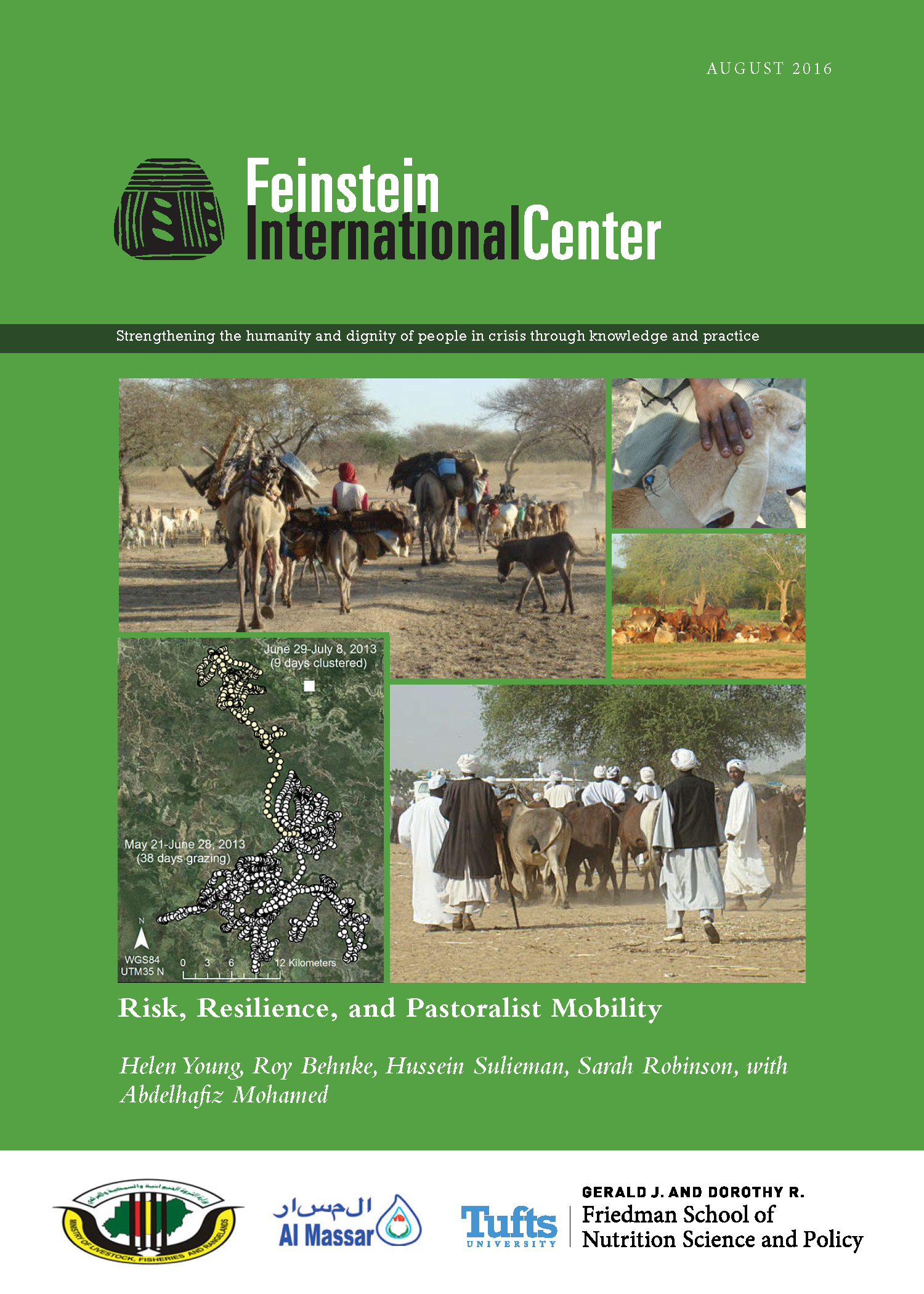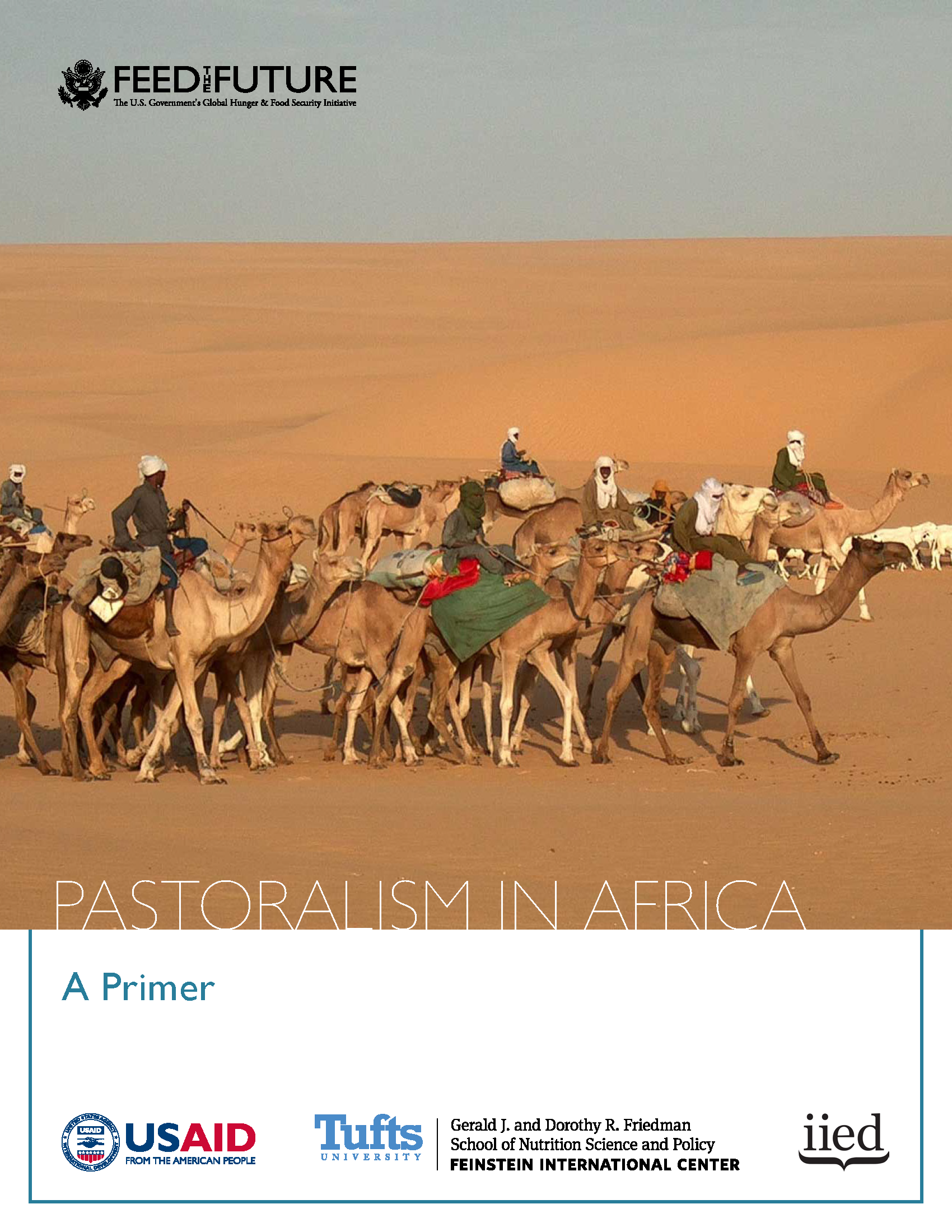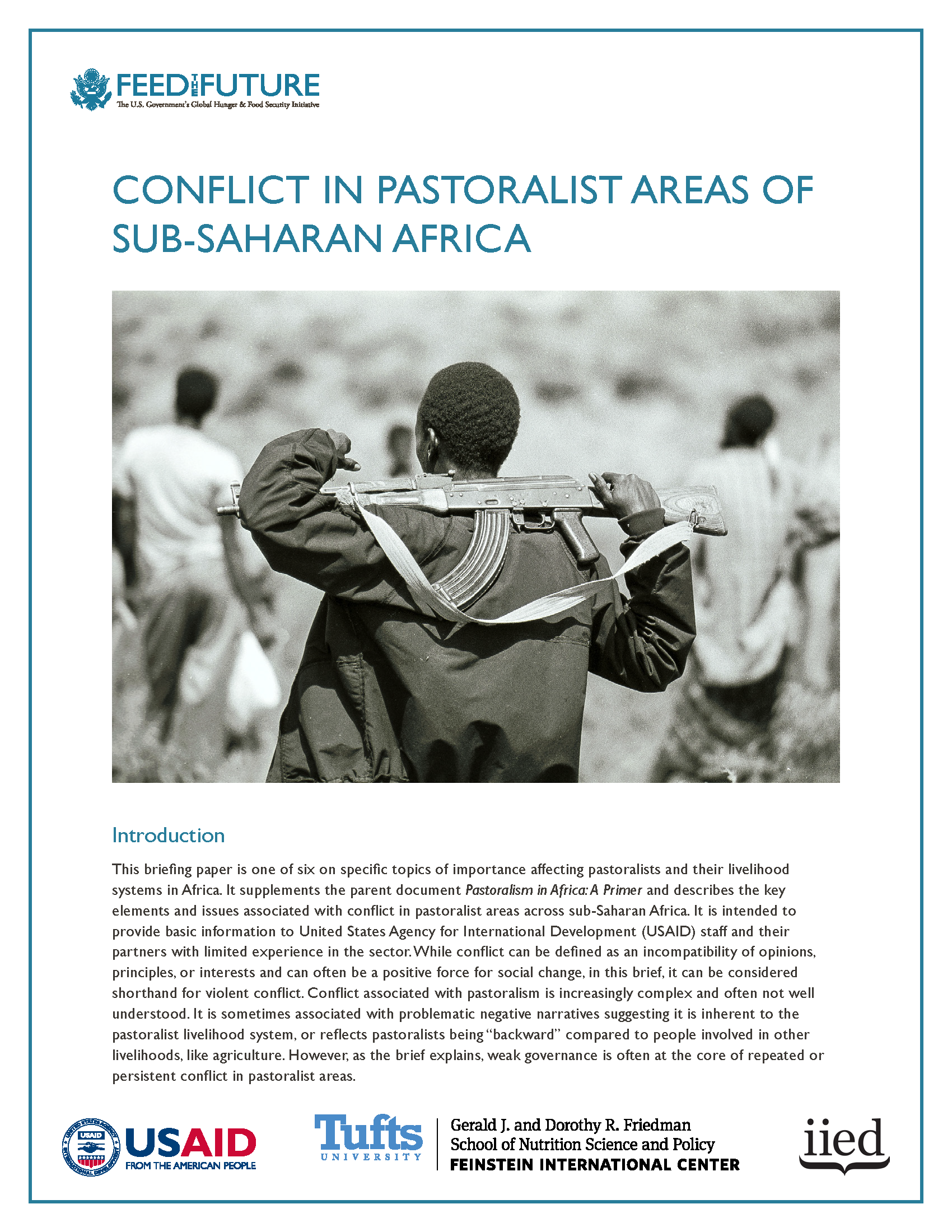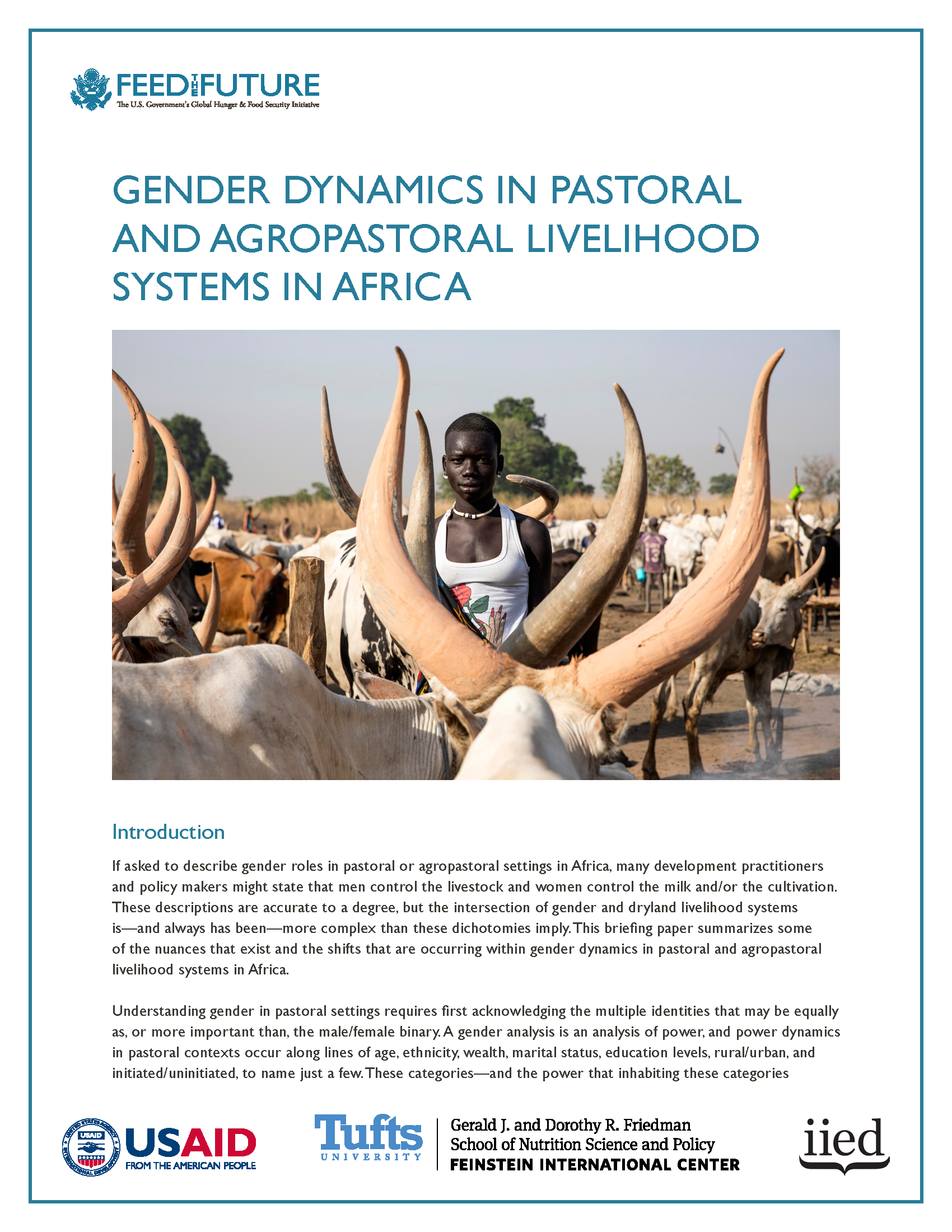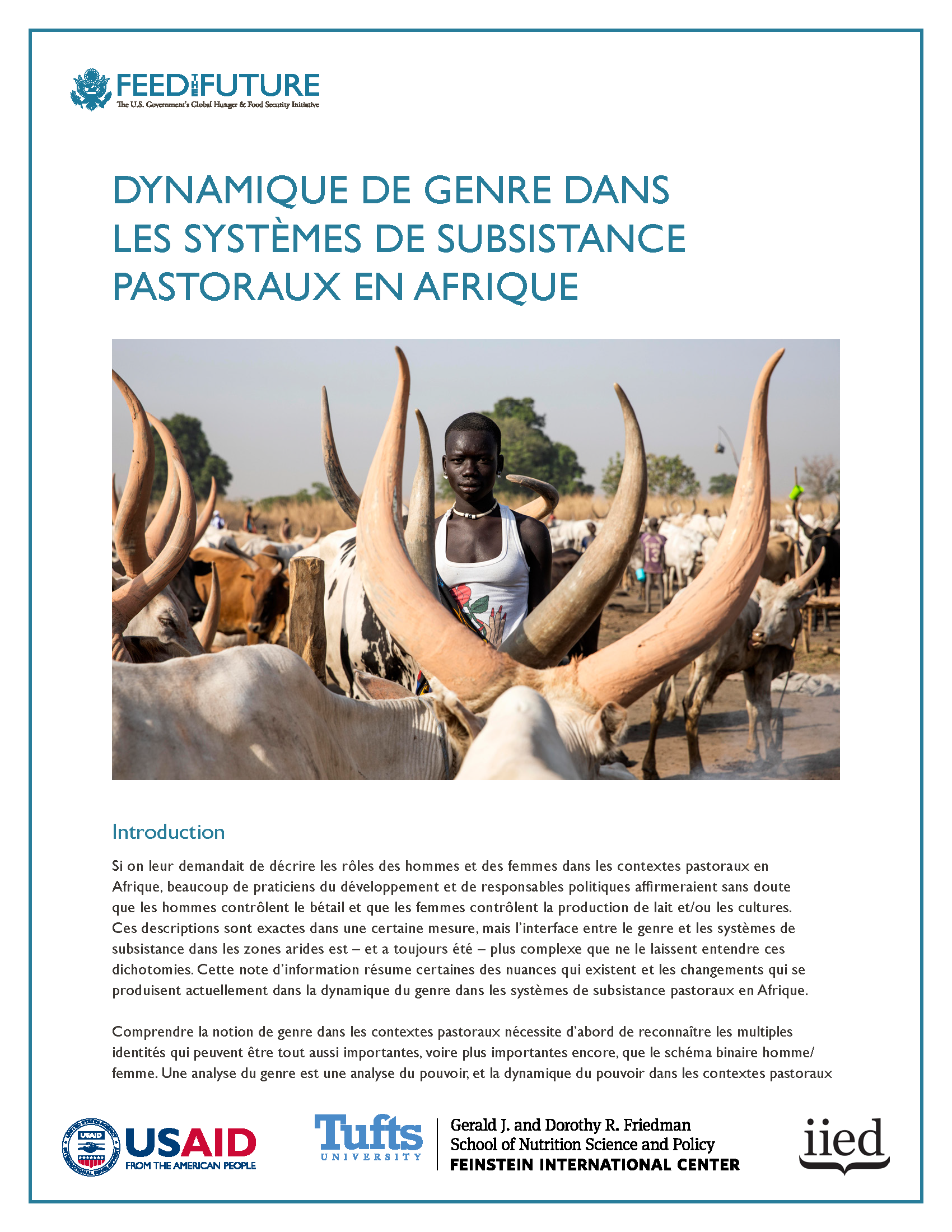As livestock becomes increasingly recognized for its significant contribution to Gross Domestic Product (GDP) and exports, this report investigates the practice of pastoralism in Sudan. The authors delineate migration patterns, rationales, and market strategies, and offer recommendations for policymakers and service providers interacting with communities that practice pastoralism.
This study finds:
- Herders do not follow individual rainfall events nor do they always pursue land with the most feed available. Rather, they exploit cycles of plant growth and die-back by moving to areas with the highest quality feed whenever possible, and to areas with the most feed when food is scarce
- The Southern Rizeigat and Dinka Malual pre-migration conferences and meetings have been hugely successful as a forum for avoiding conflict by negotiating access between pastoralists and farmers
- Tribal administration plays a crucial role in preserving pastoralist mobility, thereby improving livelihoods and reducing conflict
The researchers recommend:
- Greater evaluation of the efforts to establish and preserve livestock corridors within farmland
- Further investigation into the workings of pastoralism and the changes in land use occurring among crop farmers
- Efforts to increase public knowledge of pastoralism’s role and importance within Sudan
- Informing basic water provision services with an understanding of the shifting water needs created by livestock migration, particularly during the dry season in East Darfur
The data presented was collected over the course of two studies (conducted in 2013 and 2015), using GPS tagging devices on livestock and interviews with herders. The study was conducted in coordination with Al Massar Organization for the Development of Nomads, SOS Sahel Sudan, and the Sudanese Federal and State Ministry of Livestock, Fisheries, and Rangeland.

